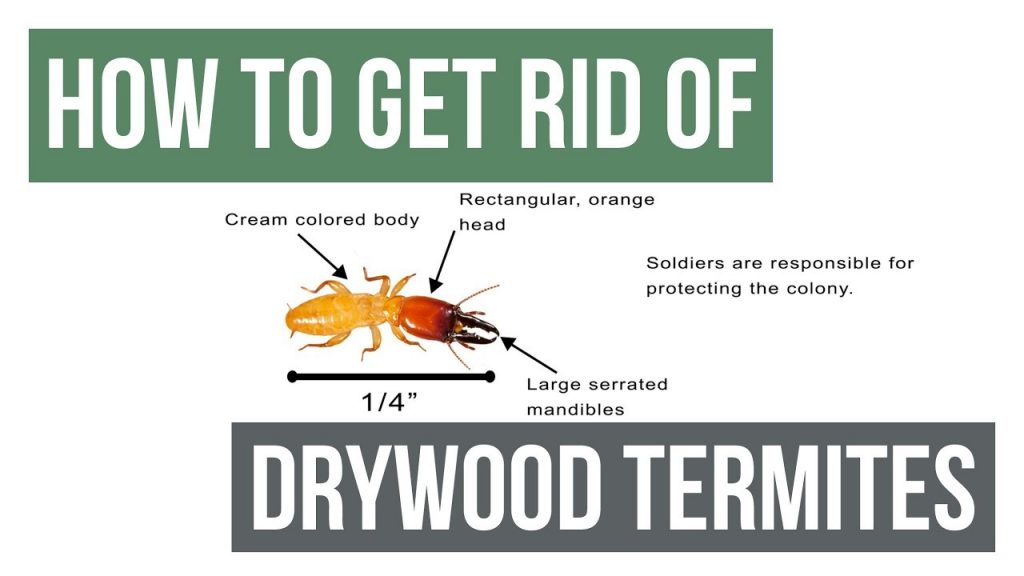Termites can be a destructive and costly problem for homeowners. Fortunately, there are several methods of effective termite control that do not involve tenting or fumigation. In this article, we will discuss how to get rid of termites without tenting, and provide tips and strategies for effective termite control.
What are Termites?
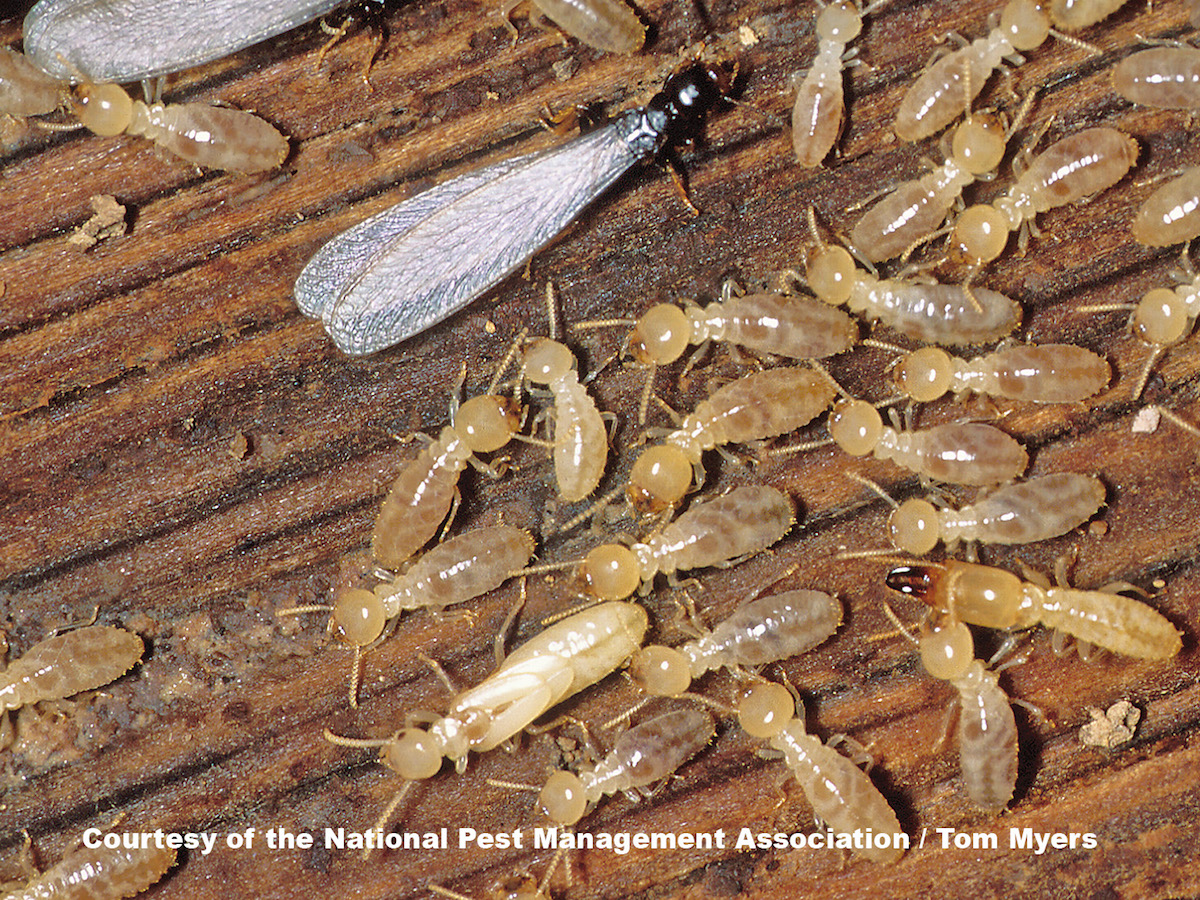
Termites are small, wood-eating insects that can cause extensive damage to buildings and other wooden structures. They feed on cellulose, which is the main component of wood, and can quickly damage a structure if left untreated. Termites are often found in damp, moist environments and can be identified by their long, white, segmented bodies and long antennae.
- Termites feed on cellulose, the main component of wood.
- They can cause extensive damage to buildings and other wooden structures.
- Termites are often found in damp, moist environments.
- They can be identified by their long, white, segmented bodies and long antennae.
Signs of Termites
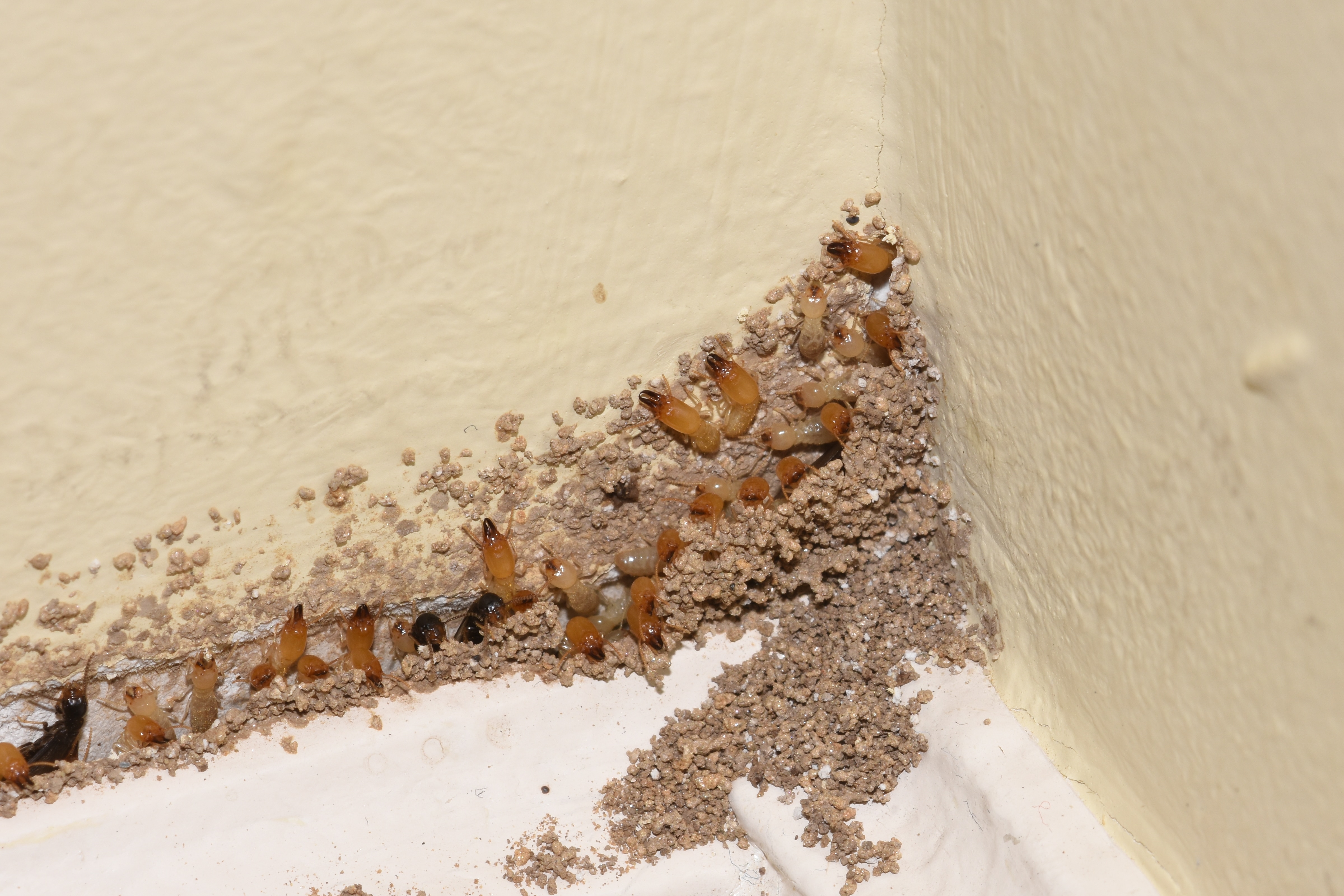
| Signs | Description |
|---|---|
| Mud Tubes | Termites use mud tubes to travel long distances and are an indication that a colony is present. They are usually found near the foundation of a home. |
| Discoloration of Wood | Discoloration of wood is a sign of damage caused by termites. Look for darkening or softening of wood. |
| Wood Damage | Termites cause wood damage in the form of small holes and tunnels. Look for small holes in wood with sawdust near them. |
| Presence of Wings | Termites shed their wings after mating. Look for wings near windows and doors as well as near termite droppings. |
| Termite Droppings | Termite droppings are small pellets that are similar in size and shape to sawdust. Look for piles of these pellets near wood damage. |
Prevention Tips

1. Eliminate Moisture Sources
Check the home for any standing water and repair any plumbing fixtures or drainage issues to reduce humidity levels. Ensure that all gutters, downspouts and window wells are in good working order.
2. Reduce Wood Sources
Remove wood debris and fallen trees close to the house. If wood is in contact with the ground, be sure to treat it with insecticides.
3. Seal Cracks and Exposed Areas
Check the foundation and exterior walls for any potential entry points and seal with caulk or other products to prevent access.
4. Store Firewood Away from Home
Store firewood at least 20 feet away from the house. Treat the wood with insecticides to prevent infestations.
Pesticides
Pesticides are one of the most commonly used methods for getting rid of termites without tenting. There are several types of pesticide products available for termite control, including termiticides, soil treatments, and baiting systems. Termiticides are applied directly to the soil to kill termites, while soil treatments involve the use of bait systems to attract and eliminate the termites. Baiting systems are also effective in eliminating termites, as they attract and kill the termites by using a food source as bait.
Physical Barriers
Physical barriers are another method of getting rid of termites without tenting. Physical barriers can be used to create a barrier between the termites and the wood they are infesting. These barriers can be made from materials such as concrete, plastic, or metal, and can be installed around the foundation of a home or building to prevent termites from entering.
Heat Treatment
Heat treatment is a method of termite control that involves using high temperatures to eliminate termites from an area. Heat treatments involve heating the entire area to a temperature that is lethal to termites, which can be done with a specialized heat gun or with a tent-like structure. Heat treatments are usually more effective than other methods of termite control, as they provide a more comprehensive solution.
Biological Control
Biological control is a method of pest control that uses natural predators to reduce the population of termites. This involves introducing natural predators, such as ants, beetles, and nematodes, into the area where termites are present. These predators feed on the termites and can help to reduce their population significantly. Biological control can be an effective way to get rid of termites without tenting.
2 Baiting
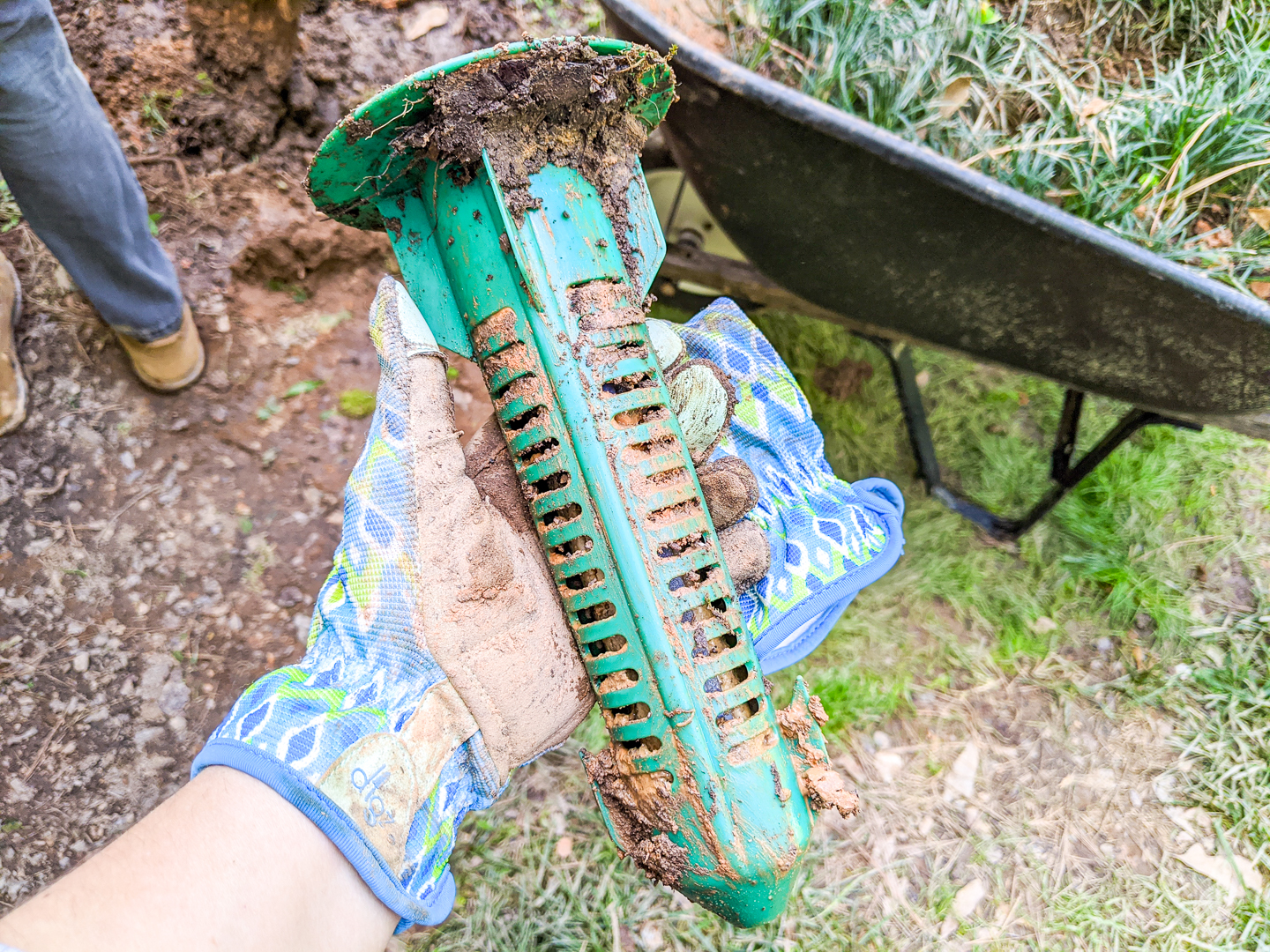
Baiting is one of the most effective ways to get rid of termites without tenting. It involves placing bait stations near the infested area. The bait contains special ingredients that lure termites in and then slowly kill them. In addition to killing termites, baiting can also help prevent future infestations by targeting the nest of the termites. Baiting can be used both inside and outside the home and is often combined with other treatments to ensure complete eradication of the termites.
3 Heat Treatment
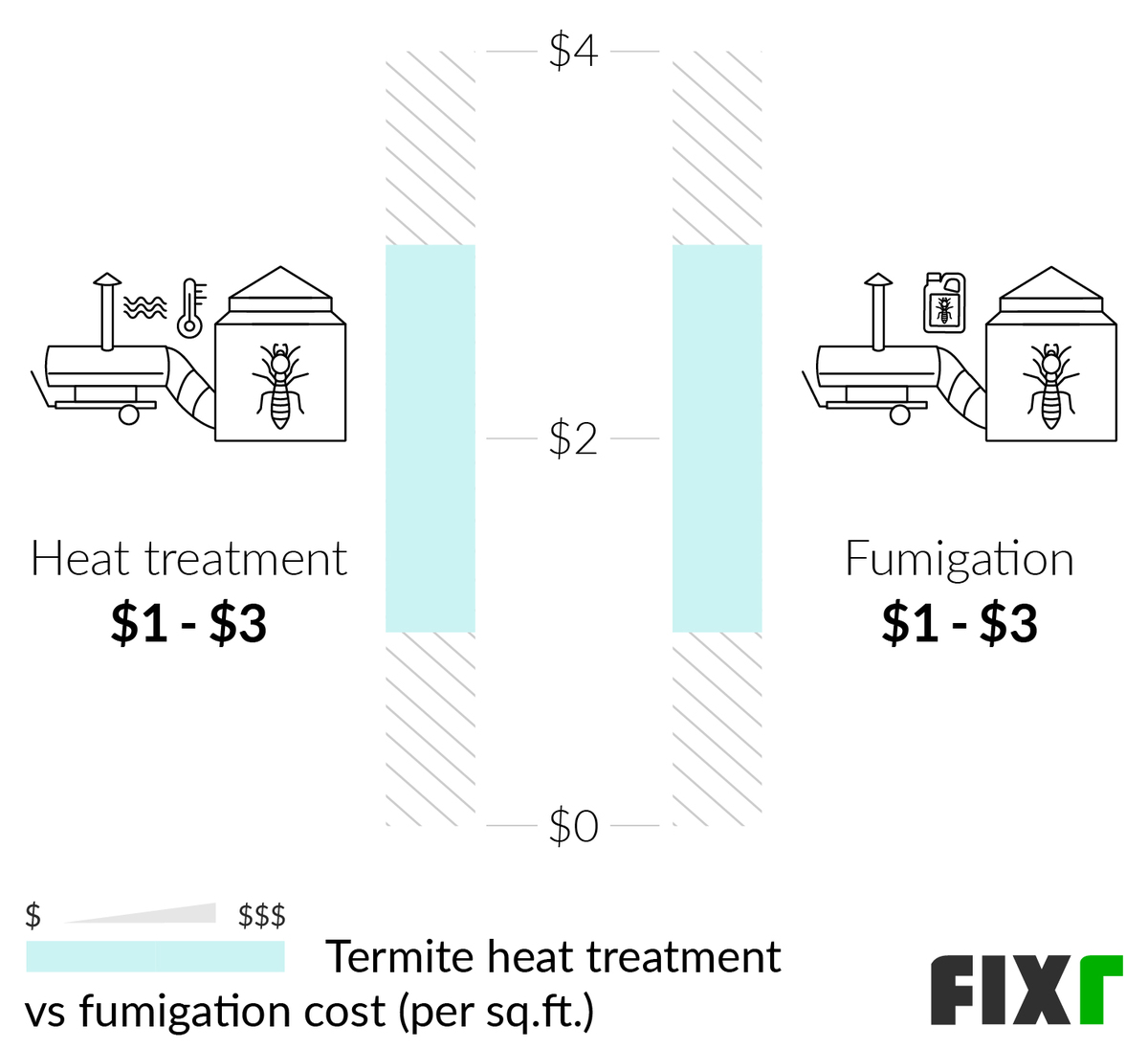
Heat treatment is an effective method of eliminating termites from a property without having to tent it. This is done by raising the internal temperature of the affected area to a level that is too hot for the termites to survive in. The temperature must reach 120-140 degrees Fahrenheit for at least 30 minutes to be effective. This can be achieved by using specialized heaters or by having a professional come in and use industrial heating equipment. Heat treatment is a safe and effective way to get rid of termites without tenting.
4 Electrical Current
- Electric shock treatment: This involves placing an electric current through the soil around the property to kill termites. This method is non-toxic and is effective in eliminating the entire colony.
- Electrical cable barrier: This method involves placing an electrical cable around the perimeter of the property. The electric current will disrupt the termite activity and stop them from entering the property.
- Electric shock waves: This technique involves creating an electric shock wave that passes through the soil to kill termites. This method is effective, but requires specialized equipment.
- Electrical repellents: This technique involves placing an electrical repellent in the soil around the property. This will repel the termites and prevent them from entering the property.
Professional Termite Control
Termite control is a complex process that requires specialized knowledge and skills. Professional termite control services can provide both the expertise and the equipment necessary to eradicate termites from your property. They use advanced techniques such as baiting, soil treatments, and fumigation to eliminate termites and prevent infestations. Professionals can also inspect your home and identify potential entry points for termites. Professional termite control services are highly effective and can help you get rid of termites quickly and safely.
Frequently Asked Questions
What treatment options are available to get rid of termites without tenting?
There are several ways to get rid of termites without tenting, such as baiting, liquid treatments, and foam treatments. Baiting methods involve placing bait stations near infested areas, which are filled with an insecticide that termites consume, eliminating the colony. Liquid treatments involve applying a liquid insecticide to the soil around the home or other structure to create a barrier that prevents the termites from entering. Foam treatments involve injecting the insecticide into wall voids and other areas where the termites congregate, eliminating the infestation.
What are the alternatives to tenting for effective termite control?
Using bait systems, treating the soil around the affected area with termiticides, and employing physical barriers such as concrete slabs are some of the alternatives to tenting for effective termite control. Bait systems involve the installation of plastic or wooden stakes around the infested area, which are filled with a special bait that attracts termites. The bait is then replaced with a termiticide which is toxic to the termites. Treating the soil around the affected area with termiticides is also effective, as it creates a barrier that prevents the termites from spreading. Finally, installing physical barriers such as concrete slabs can help to reduce the chances of termites infesting a property.
How can I kill drywood termites without tenting?
One of the most common methods of killing drywood termites without tenting is to use a foam-based pesticide. This type of pesticide is injected directly into the wood, which kills the termites without the need for tenting. Alternatively, an electric current, known as an electrical current termite treatment, can be used to kill the termites. This type of treatment is beneficial as it is targeted, meaning that the surrounding areas are not affected. Additionally, a professional can use a thermal treatment, which uses heated air to kill the termites, to treat the area.
Is there a way to treat termites without Tenting?
Yes, there are a few non-tenting methods for treating termites. These include spot treatments, liquid treatments, foam treatments, and baiting systems. Spot treatments involve applying termiticides directly to the areas of the house where termites are active. Liquid treatments involve drilling into the infested area and applying termiticides directly to the soil. Foam treatments involve injecting a foam solution into the infested area. Baiting systems involve placing bait stations around the home that contain termite-toxic bait. Whichever method is used, it is important to hire a professional pest control company to ensure that the treatment is done correctly.
What are some effective methods for getting rid of termites without tenting?
Termites can be removed without tenting through the use of physical, chemical and biological methods. Physical removal involves manually digging out the colonies, while chemical treatment involves applying liquid termiticides inside and around the infested areas. Biological methods include using nematodes, which are microscopic worms that feed on the termites, as well as using fungi to attack the colonies. Additionally, introducing predators, such as ants, can keep the termite population in check.
Conclusion
Termite control is a serious matter and is best addressed through a combination of prevention and proactive measures. A combination of DIY methods and professional assistance can be used to help prevent and reduce the presence of termites. Additionally, it is important to remain vigilant in monitoring for signs of termites, and to respond quickly if signs of an infestation are detected. Following these steps can help to ensure that termites are managed and controlled without the need for tenting.

